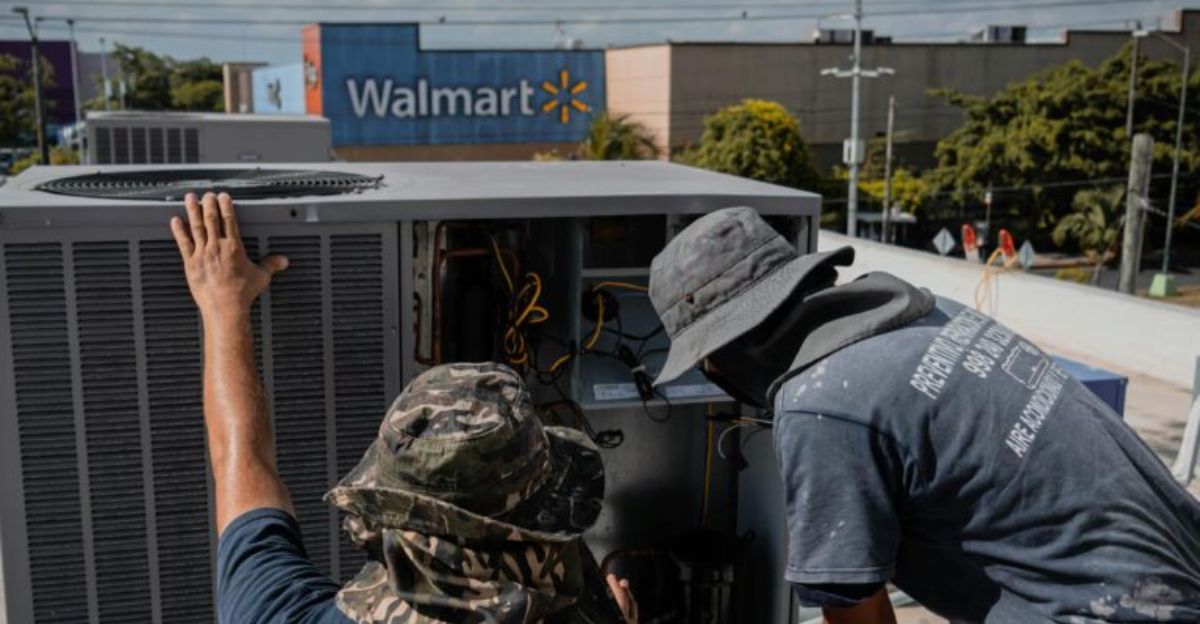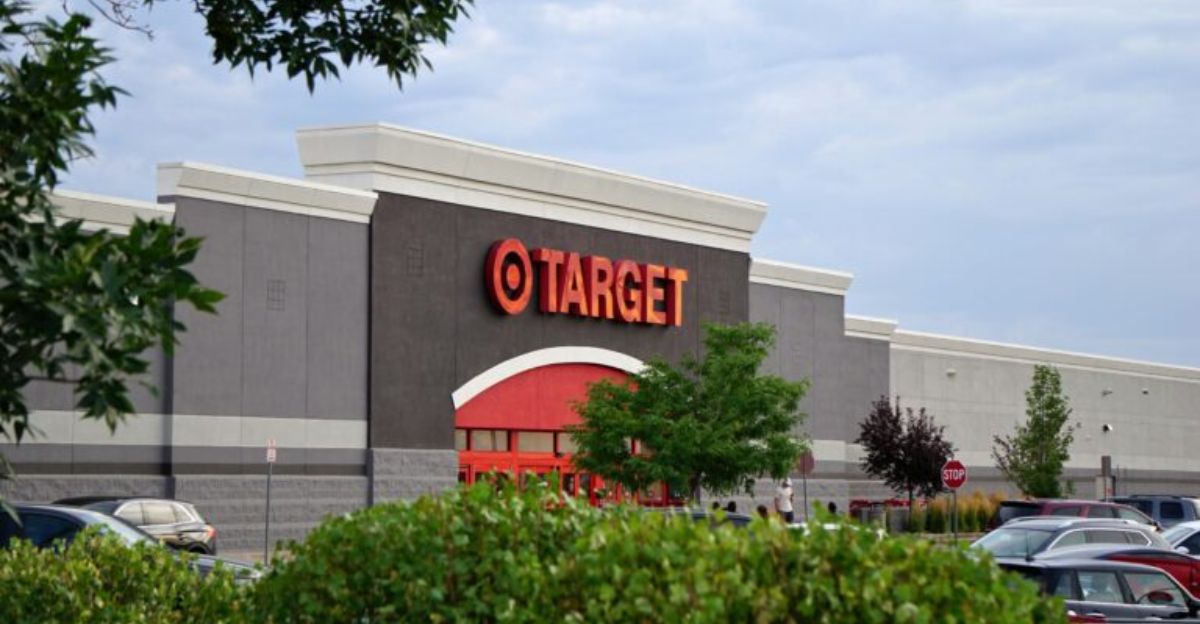
The ongoing contentions between China and the USA surrounding tariffs could significantly impact stores such as Walmart and Target in the US, as it inevitably affects the availability of products as well as their pricing. When the tariff contentions first started, there were brief periods of pause in orders to Chinese factories for certain goods amid the uncertainty that the situation brought, but later orders were made again.
The trade conflicts between the two countries have inspired the retailers to take matters into their own hands and negotiate with the suppliers as needed. Yet, supplier relations have been strained, and the prices of items keep rising.
Core Concepts

An important supplier for Walmart and target is Huntar Company Inc. This supplier create and distributes educational toys and is located in the Guangdong Province in China. Currently the tariffs on Chinese imported good stand at an astonishing 145% and of course this has lead in a rapid decline of orders.
On the Chinese company itself, these tariffs also has had an impact as they were forced to layoff almost a third of their employees as well as cut a large (60-70%) amount of their overall production. Considering that about 80% of the toys being sold in the US are produced in China this creates a shortage crisis for the US.
Historical Contexts

An extreme tariff hike such as this one, under the Trump administration, has proven to have had unintended consequences as US-owned companies such as Hunter, Walmart, and Target are directly affected. These effects do not just include less availability or a rise in prices, but also leave these companies, especially Huntar, with existential crises.
Huntar is a clear example of how trade conflicts can ultimatly cause severe disruptions in the global trade market as well as cause disruption in economical climates. ered moving their base of opperations to another country such as Vietnam to try and survive and continue their production.
Further Impact on Suppliers

The risk of empty shelves or certain products being truly hard to come by or even to come by at a reasonable price is imminent. Walmart and Target are struggling to find the right balance between regulating their prices, negotiating with suppliers, and keeping their competitive advantage in the markets.
Furthermore, having to balance survival in the markets along with keeping their client base intact, these Huntar is truly faced with uncertainty and risk. The company has gone into crisis management, with their CEO Jason Cheung making quick decisions to prevent further damage to the company’s financies. These descions include hulting production, cutting cost and as mentioned previously, possible relocation and even laying off workers.
Trends and Vulnerabilities in Supply Chains

In the example with the educational toys being produced by Huntar, a vulnerability in he US toy market have been exposed. The tariffs create a bottleneck systematic problem where companies such as Walmart and Target have to scramble to negotiate with or evidently replace their suppliers.
A survival measure for suppliers to relocate production to other countries is not an easy endeavor, as it involves many intricate negotiations and logistical realignments. Often, these negotiations, fueled by global economic anxieties, can affect timely production and quality assurances. Survival measures such as these might translate into rising costs on the back of the cost of relocation.
Price Implications

In laymans terms tarrifs translate to hidden taxes, where the cost of importing goods increase and ultimately the prices these good are sold at for consumers also increase. During the peek holiday times in the US demand for items will increase, which means that the prices would increase. The increase in prices are felt even more if the items in demand become harder to come by.
Walmart spesifically has made customers aware of the fact that they are going to increase their prices in May. Price hike implcations does effect the comapy, but they often do not have a choice especially in the current crises. Customers spend tend to spend less if the prices increase, making it harder for companies such as Target and Walmart to kep their competitive edge.
Contrarian Viewpoint

Although the implemented tariffs have caused some unintentional issues, could they also serve as a starting point for the diversification of markets within the US itself? The vulnerability with over dependence of Chinese products in the toy market serves as an example were a market gap would open. US companies could take advantage of these market gaps and develop their own product’s to fill it.
This is one of the main goals of why the tarrifs were implemented in the first place. To inspire internal innovation and an explosion in US made products. If the trarff contentions continue to cause discourse, retailers would be force to find US alternative products to keep up with the demands.
Tariff Shock Ripple Model

When tariffs come into effect it effects the market and the chain links within, in stages mirroring a ripple effect. The first stage ususally includes cancellaions in orders because of financial anxieties. This effects the suppling copmany and in effect they go into crises mode and start laying off employees, as seen with Huntar. The second stage also includes cuts in production as the demand just went down because of the cancelation in orders.
In true surveillance fashion, the third stage is where the companies would have to look at the possibility of relocating. The final stage, and the stage that mostly affects Target and Walmart currently, is when prices increase and the products become less regularly available.
Potential Strategies and Solutions

Facing all the challenges mentioned above, Target and Walmart have to adopt milty-layered strageties to mitigiate risk and other complications. A good strategy would be in looking at expanding and diversifying in their supplier portfolios. They could also invest in reshoring enterprises. A boom in new enterprises trying to sieze the gap in the market is sure to follow.
Suppliers’ strategies are also needed so they can, for example, utilize new technology to improve the production efficiencies and quality of their products. Supply companies that have the means to relocate could focus their efforts on retaining good relationships with their clients. All these solutions would need time to come to fruition, and the whole chain of supply from production to the client would still initially feel the effects until innovation and strategies reach their goals.

Situation such as the exmaple with Huntar, shines the spotlight not only on vulnerabilities of the US market but also demonstrates the wide range of effects that could take place because of global geopolitical realities. As tariffs increase so will trade negotiations so companies need to invest in their relationships with their suppliers.
Overdependance on Chinese products means that the US could not simply replicate the efficiency and amount of production themselves leading to disruptions in the supply chain. The current stance of global supply chains breeds uncertainty for suppliers, producers and clients displaying its fragility and exposing vulnerabilities.
Discover more trending stories and Follow us to keep inspiration flowing to your feed!

Craving more home and lifestyle inspiration? Hit Follow to keep the creativity flowing, and let us know your thoughts in the comments below!
